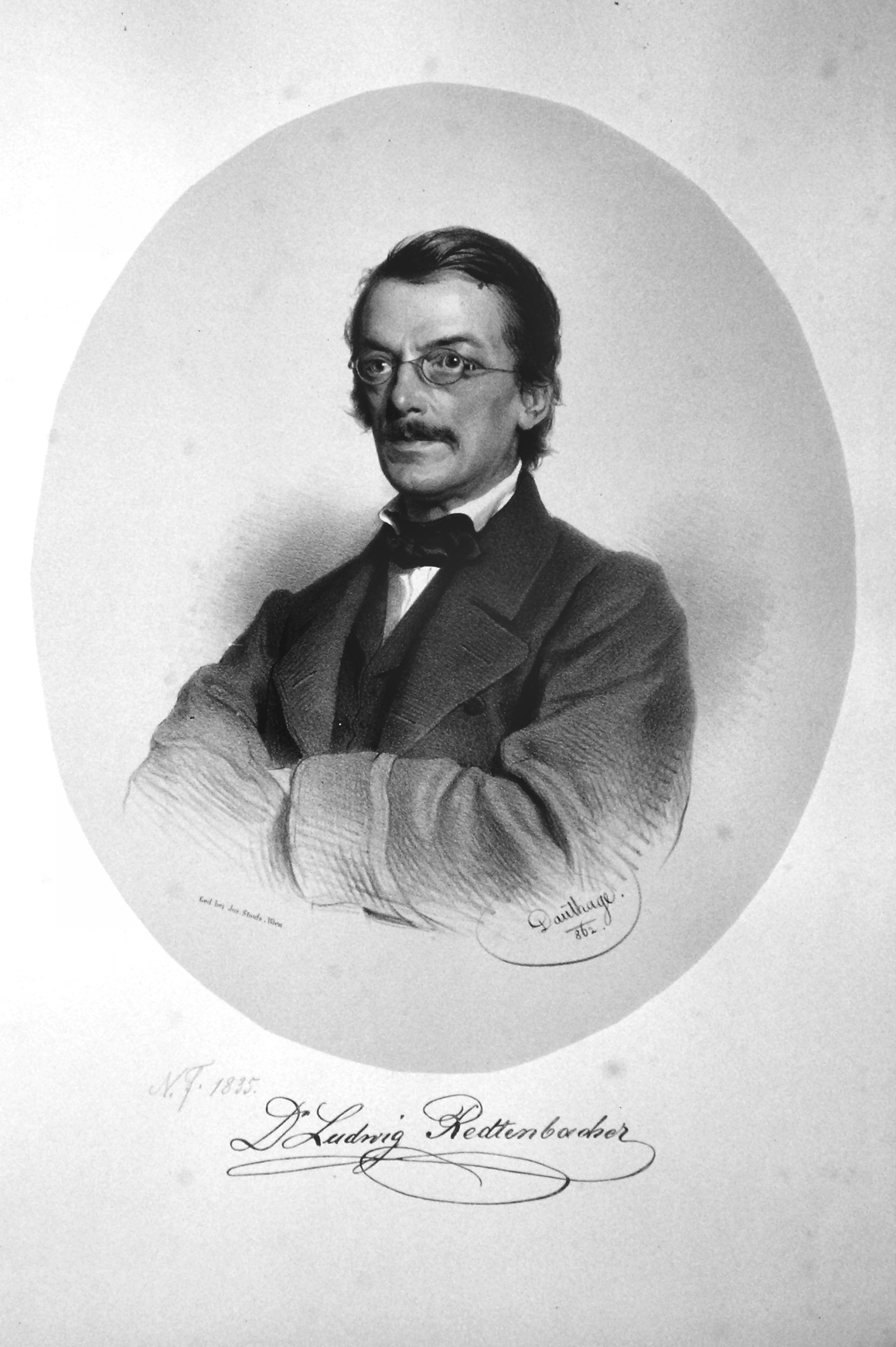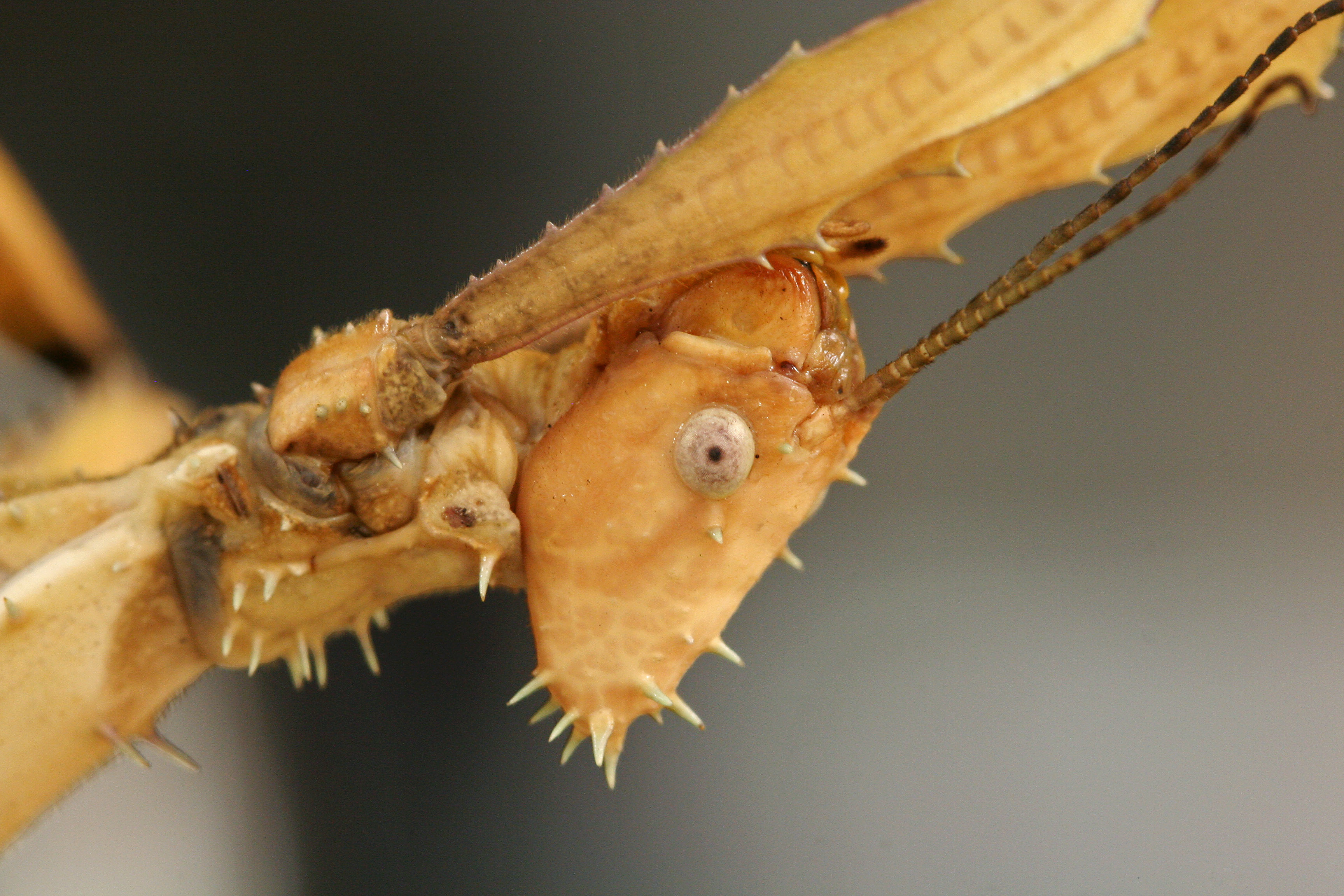|
Pseudodiacantha Macklotti
''Pseudodiacantha'' is an Asian genus of stick insects in the family Lonchodidae LonchodidaeBrunner von Wattenwyl (1893) ''Annali del Museo Civico di Storia Naturale Giacomo Doria, Genova'' (2)13(33): 80. is a family of stick insects, with more than 150 genera and 1,000 described species. The subfamilies Necrosciinae and ... and subfamily Necrosciinae. Members of ''Pseudodiacantha'' are excellent examples of camouflage, as they are known to cover themselves in mossy or lichenous outgrowths that supplement their disguise. Species The Phasmida Species File lists: * '' Pseudodiacantha chieni'' Seow-Choen, 2019 * '' Pseudodiacantha macklottii'' (de Haan, 1842) References External linksPhasmatodea.com: ''Anchiale modesta'' Redtenbacher, 1908 {{Taxonbar, from=Q10643005 Lonchodidae Phasmatodea genera Phasmatodea of Asia Insects described in 1908 Taxa named by Ludwig Redtenbacher ... [...More Info...] [...Related Items...] OR: [Wikipedia] [Google] [Baidu] |
Pseudodiacantha Macklottii
''Pseudodiacantha macklottii'', formally ''Orxines macklottii'', is a species of stick insect endemic to Java. It is better known as the Javanese Lichen Stick Insect due to their habit of covering their bodies with moss and lichens to supplement their disguise in the wild. Description Females are sturdy, medium-sized, long-legged, and have a body length of about . Males are much smaller, with a body length of about . They are long-legged and slender and less contrasting than females. Both sexes have small bright orange wings, fringed with a black border and white dots, but lack flight capability. Captivity The first culture of ''Pseudodiacantha macklottii'' was imported by a zoo in London in 1946 but the exact origin of this old culture is unknown. They are considered easy to breed. Common food plants accepted by both nymphs and adults include ''Corylus avellana'' and ''Rhododendron ''Rhododendron'' (; from Ancient Greek ''rhódon'' "rose" and ''déndron'' "tree") is a v ... [...More Info...] [...Related Items...] OR: [Wikipedia] [Google] [Baidu] |
Pseudodiacantha Chieni
''Pseudodiacantha'' is an Asian genus of stick insects in the family Lonchodidae and subfamily Necrosciinae. Members of ''Pseudodiacantha'' are excellent examples of camouflage, as they are known to cover themselves in mossy or lichenous outgrowths that supplement their disguise. Species The Phasmida Species File lists: * '' Pseudodiacantha chieni'' Seow-Choen, 2019 * ''Pseudodiacantha macklottii ''Pseudodiacantha macklottii'', formally ''Orxines macklottii'', is a species of stick insect endemic to Java. It is better known as the Javanese Lichen Stick Insect due to their habit of covering their bodies with moss and lichens to supplement ...'' (de Haan, 1842) References External linksPhasmatodea.com: ''Anchiale modesta'' Redtenbacher, 1908 {{Taxonbar, from=Q10643005 Lonchodidae Phasmatodea genera Phasmatodea of Asia Insects described in 1908 Taxa named by Ludwig Redtenbacher ... [...More Info...] [...Related Items...] OR: [Wikipedia] [Google] [Baidu] |
Ludwig Redtenbacher
Ludwig Redtenbacher (June 10, 1814 in Kirchdorf an der Krems, Austria – February 8, 1876 in Vienna) was an Austrian doctor and entomologist mainly interested in beetles. He was the brother of the chemist Josef Redtenbacher (1810–1870). From 1833 to 1838, he studied medicine at the University of Vienna, becoming a salaried trainee in 1840. In 1843, he earned his medical doctorate, afterwards working as an assistant with the entomological collection of the ''Hofnaturalienkabinett'' (from 1847). In 1851, he became a professor of zoology in Prague and, from 1860, he was director of the Vienna Natural History Museum. Although Redtenbacher worked mainly on the beetles of Austria, his new approach to classification or, in German, "''analytischen''" was widely adopted. He is also significant for his work involving beetles collected on the voyage of the ''Novara'', an Austrian frigate that went on a round-the-world scientific expedition between 1857 and 1859. He also described many of ... [...More Info...] [...Related Items...] OR: [Wikipedia] [Google] [Baidu] |
Stick Insects
The Phasmatodea (also known as Phasmida, Phasmatoptera or Spectra) are an order of insects whose members are variously known as stick insects, stick-bugs, walking sticks, stick animals, or bug sticks. They are also occasionally referred to as Devil's darning needles, although this name is shared by both dragonflies and crane flies. They can be generally referred to as phasmatodeans, phasmids, or ghost insects, with phasmids in the family Phylliidae called leaf insects, leaf-bugs, walking leaves, or bug leaves. The group's name is derived from the Ancient Greek ', meaning an apparition or phantom, referring to their resemblance to vegetation while in fact being animals. Their natural camouflage makes them difficult for predators to detect; still, many species have one of several secondary lines of defense in the form of startle displays, spines or toxic secretions. Stick insects from the genera ''Phryganistria'', ''Ctenomorpha'', and ''Phobaeticus'' include the world's longe ... [...More Info...] [...Related Items...] OR: [Wikipedia] [Google] [Baidu] |
Lonchodidae
LonchodidaeBrunner von Wattenwyl (1893) ''Annali del Museo Civico di Storia Naturale Giacomo Doria, Genova'' (2)13(33): 80. is a family of stick insects, with more than 150 genera and 1,000 described species. The subfamilies Necrosciinae and Lonchodinae, formerly part of Diapheromeridae, were determined to make up a separate family and were transferred to the re-established family Lonchodidae in 2018. Subfamilies and tribes * Lonchodinae Brunner von Wattenwyl, 1893 ** tribe Eurycanthini Brunner von Wattenwyl, 1893 ** tribe Lonchodini The Lonchodinae are a subfamily of stick insects in the family Lonchodidae found in: Australasia, Asia, Africa, Southern America and the Pacific. The subfamilies Necrosciinae and Lonchodinae, formerly part of Diapheromeridae, were determined to ... Brunner von Wattenwyl, 1893 ** tribe not determined *** genus Megalophasma Bi, 1995 *** genus Papuacocelus Hennemann & Conle, 2006 * Necrosciinae Brunner von Wattenwyl, 1893 ** tribe Necrosc ... [...More Info...] [...Related Items...] OR: [Wikipedia] [Google] [Baidu] |
Necrosciinae
Necrosciinae is a subfamily of the stick insect family Lonchodidae, with its greatest diversity in South-East Asia. The subfamilies Necrosciinae and Lonchodinae, formerly part of Diapheromeridae, were determined to make up a separate family and were transferred to the re-established family Lonchodidae in 2018. Genera The ''Phasmida Species File'' includes the genera below; most belong to the tribe Necrosciini Brunner von Wattenwyl, 1893: Korinnini Auth.: Günther, 1953; distribution: India, Thailand, Malesia # '' Kalocorinnis'' Günther, 1944 # '' Korinnis'' Günther, 1932 Necrosciini * '' Acacus'' Brunner von Wattenwyl, 1907 * '' Acanthophasma'' Chen & He, 2000 * '' Anarchodes'' Redtenbacher, 1908 * '' Anasceles'' Redtenbacher, 1908 * '' Andropromachus'' Carl, 1913 * '' Asceles'' Redtenbacher, 1908 * '' Aschiphasmodes'' Karny, 1923 * '' Asystata'' Redtenbacher, 1908 * '' Austrosipyloidea'' Brock & Hasenpusch, 2007 * '' Brevinecroscia'' Seow-Choen, 2016 * '' Brockphasma'' ... [...More Info...] [...Related Items...] OR: [Wikipedia] [Google] [Baidu] |
Phasmatodea Genera
The Phasmatodea (also known as Phasmida, Phasmatoptera or Spectra) are an order of insects whose members are variously known as stick insects, stick-bugs, walking sticks, stick animals, or bug sticks. They are also occasionally referred to as Devil's darning needles, although this name is shared by both dragonflies and crane flies. They can be generally referred to as phasmatodeans, phasmids, or ghost insects, with phasmids in the family Phylliidae called leaf insects, leaf-bugs, walking leaves, or bug leaves. The group's name is derived from the Ancient Greek ', meaning an apparition or phantom, referring to their resemblance to vegetation while in fact being animals. Their natural camouflage makes them difficult for predators to detect; still, many species have one of several secondary lines of defense in the form of startle displays, spines or toxic secretions. Stick insects from the genera ''Phryganistria'', ''Ctenomorpha'', and ''Phobaeticus'' include the world's longe ... [...More Info...] [...Related Items...] OR: [Wikipedia] [Google] [Baidu] |
Phasmatodea Of Asia
The Phasmatodea (also known as Phasmida, Phasmatoptera or Spectra) are an order of insects whose members are variously known as stick insects, stick-bugs, walking sticks, stick animals, or bug sticks. They are also occasionally referred to as Devil's darning needles, although this name is shared by both dragonflies and crane flies. They can be generally referred to as phasmatodeans, phasmids, or ghost insects, with phasmids in the family Phylliidae called leaf insects, leaf-bugs, walking leaves, or bug leaves. The group's name is derived from the Ancient Greek ', meaning an apparition or phantom, referring to their resemblance to vegetation while in fact being animals. Their natural camouflage makes them difficult for predators to detect; still, many species have one of several secondary lines of defense in the form of startle displays, spines or toxic secretions. Stick insects from the genera ''Phryganistria'', ''Ctenomorpha'', and ''Phobaeticus'' include the world's longe ... [...More Info...] [...Related Items...] OR: [Wikipedia] [Google] [Baidu] |
Insects Described In 1908
Insects (from Latin ') are pancrustacean hexapod invertebrates of the class Insecta. They are the largest group within the arthropod phylum. Insects have a chitinous exoskeleton, a three-part body (head, thorax and abdomen), three pairs of jointed legs, compound eyes and one pair of antennae. Their blood is not totally contained in vessels; some circulates in an open cavity known as the haemocoel. Insects are the most diverse group of animals; they include more than a million described species and represent more than half of all known living organisms. The total number of extant species is estimated at between six and ten million; In: potentially over 90% of the animal life forms on Earth are insects. Insects may be found in nearly all environments, although only a small number of species reside in the oceans, which are dominated by another arthropod group, crustaceans, which recent research has indicated insects are nested within. Nearly all insects hatch from eggs. Insect ... [...More Info...] [...Related Items...] OR: [Wikipedia] [Google] [Baidu] |



